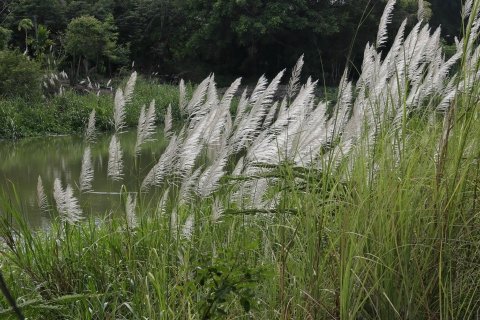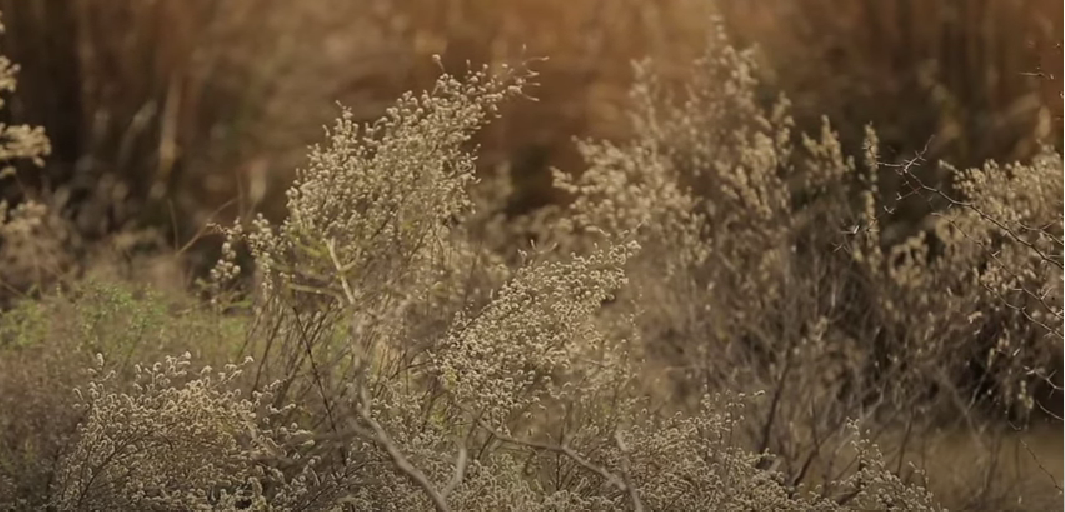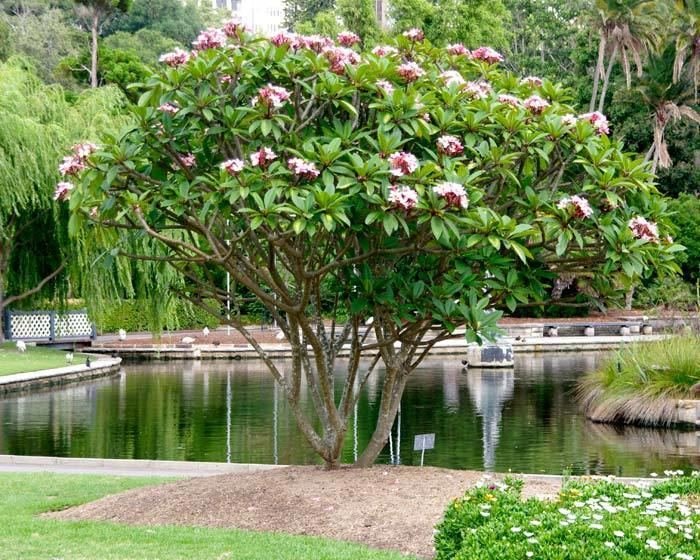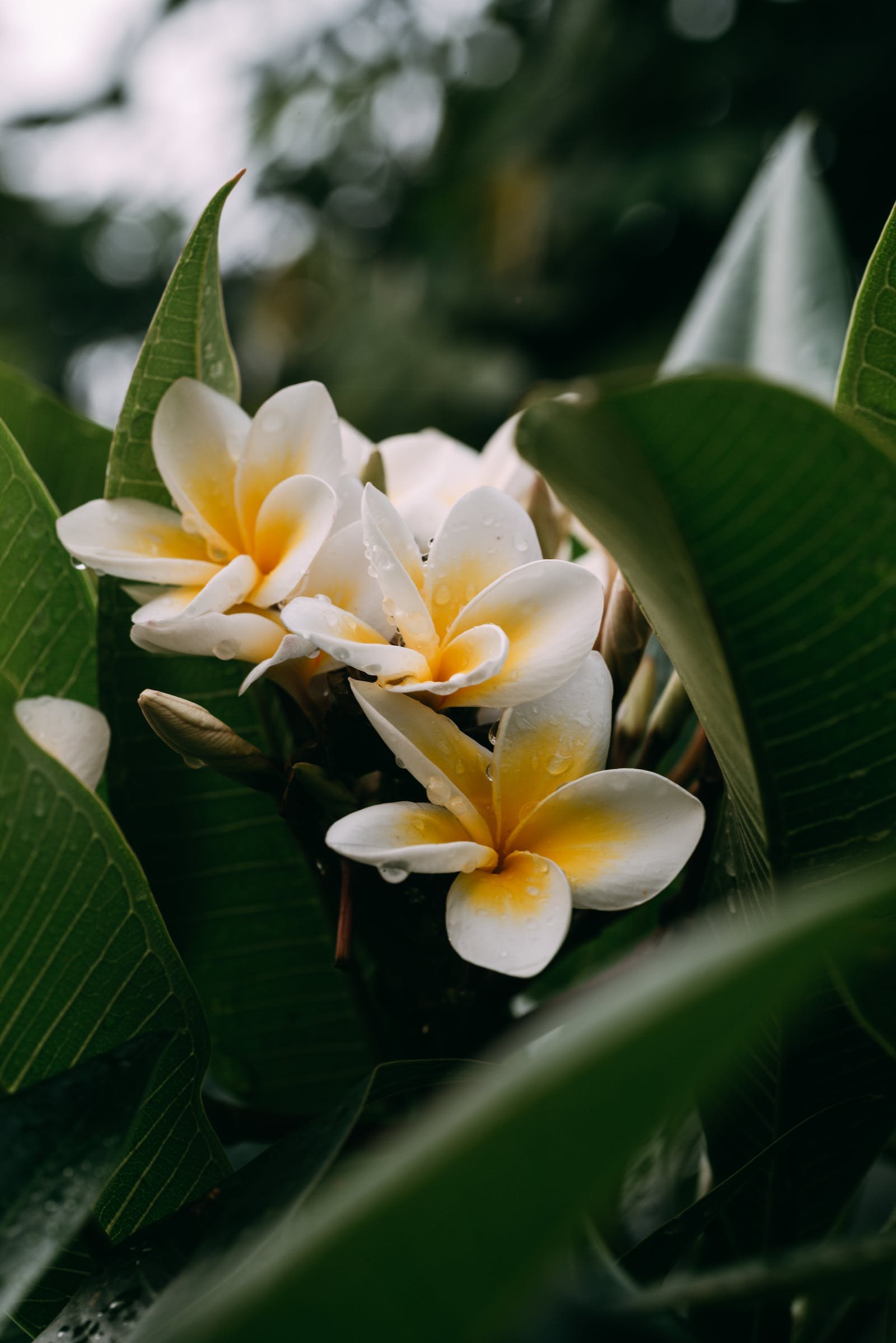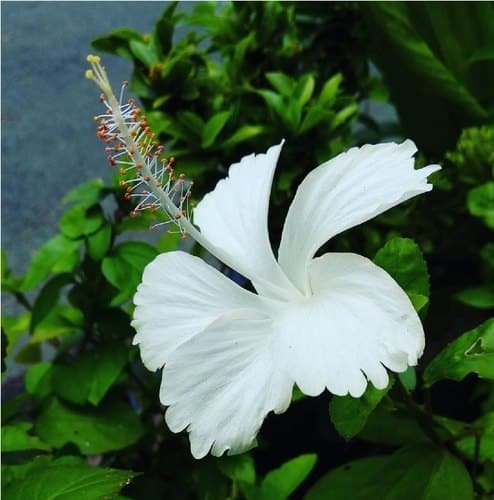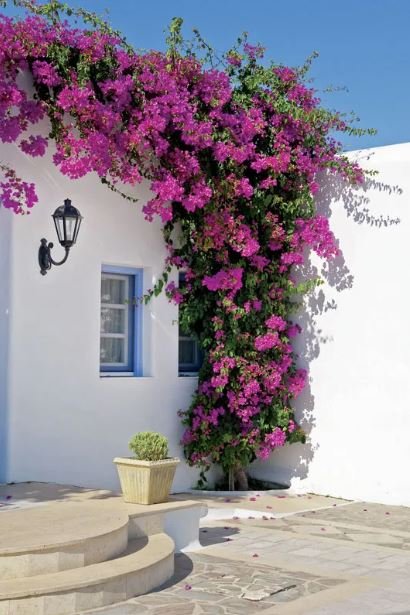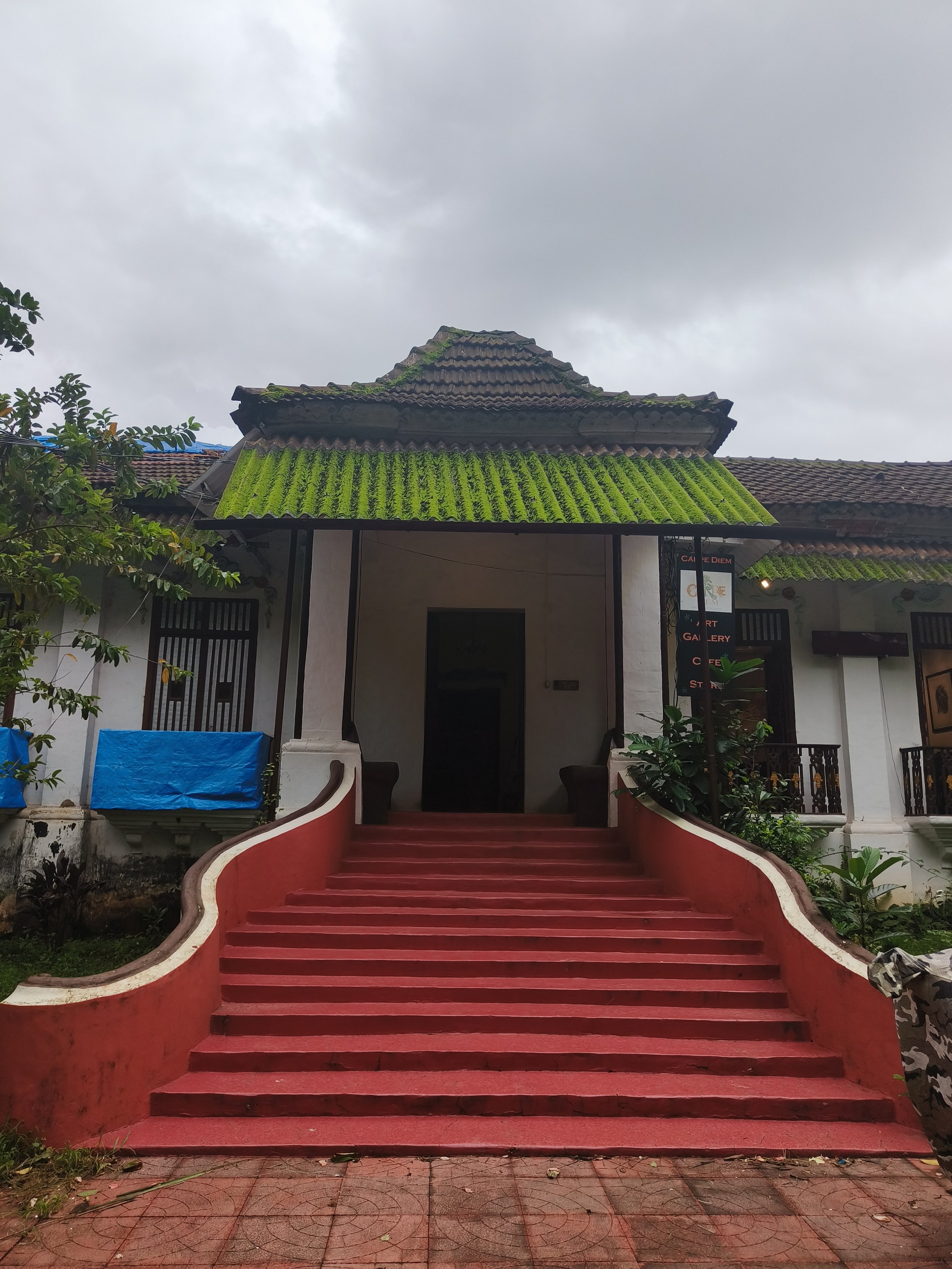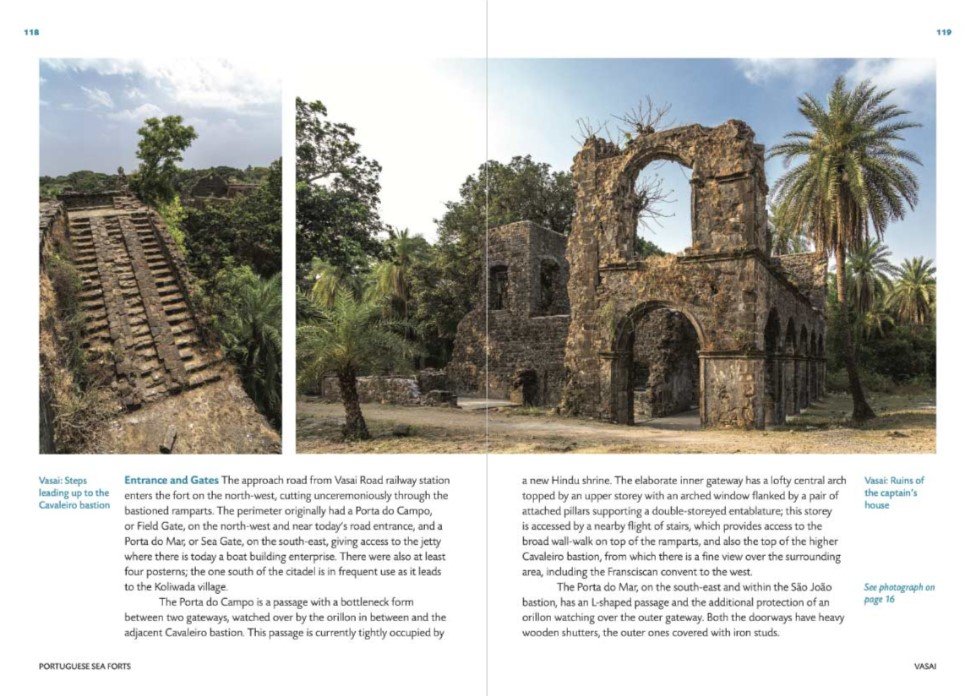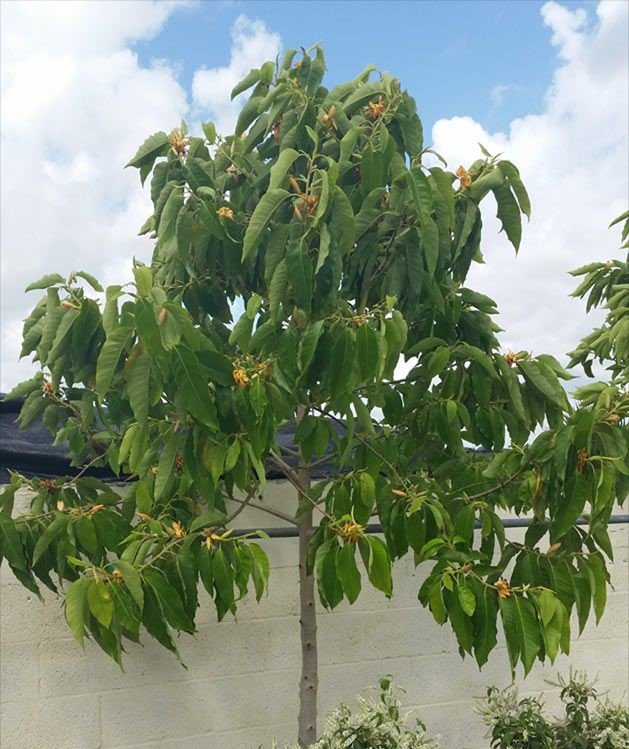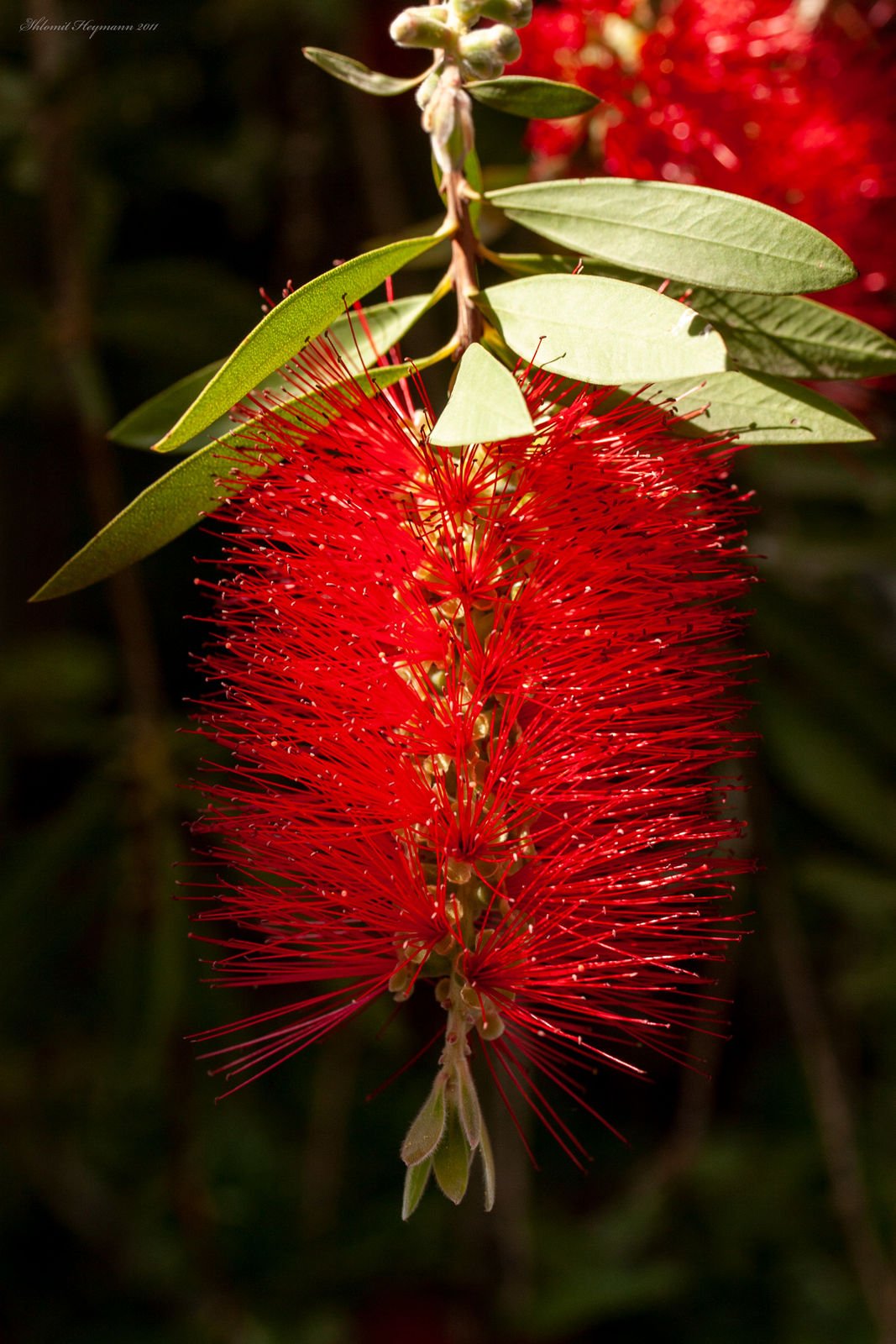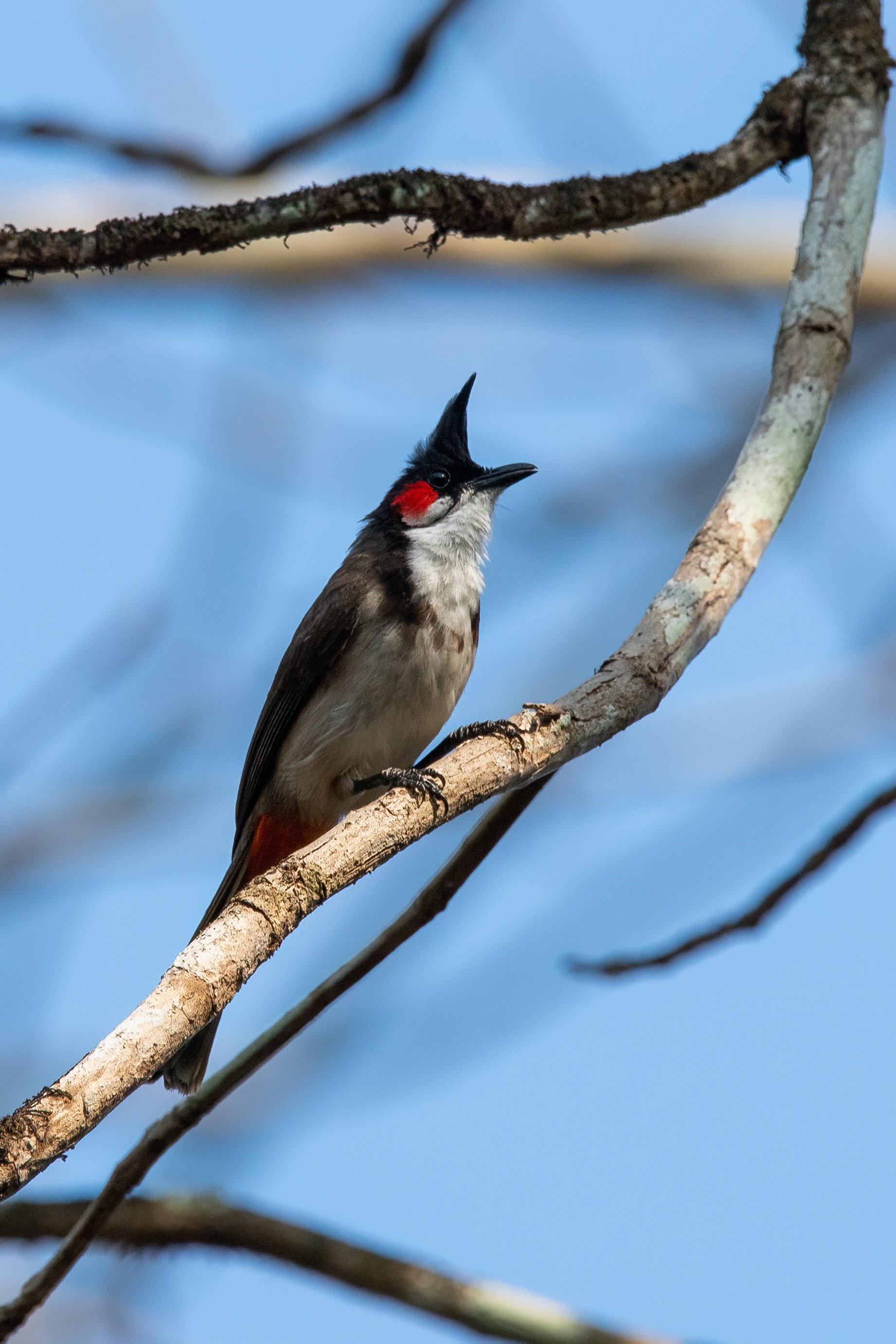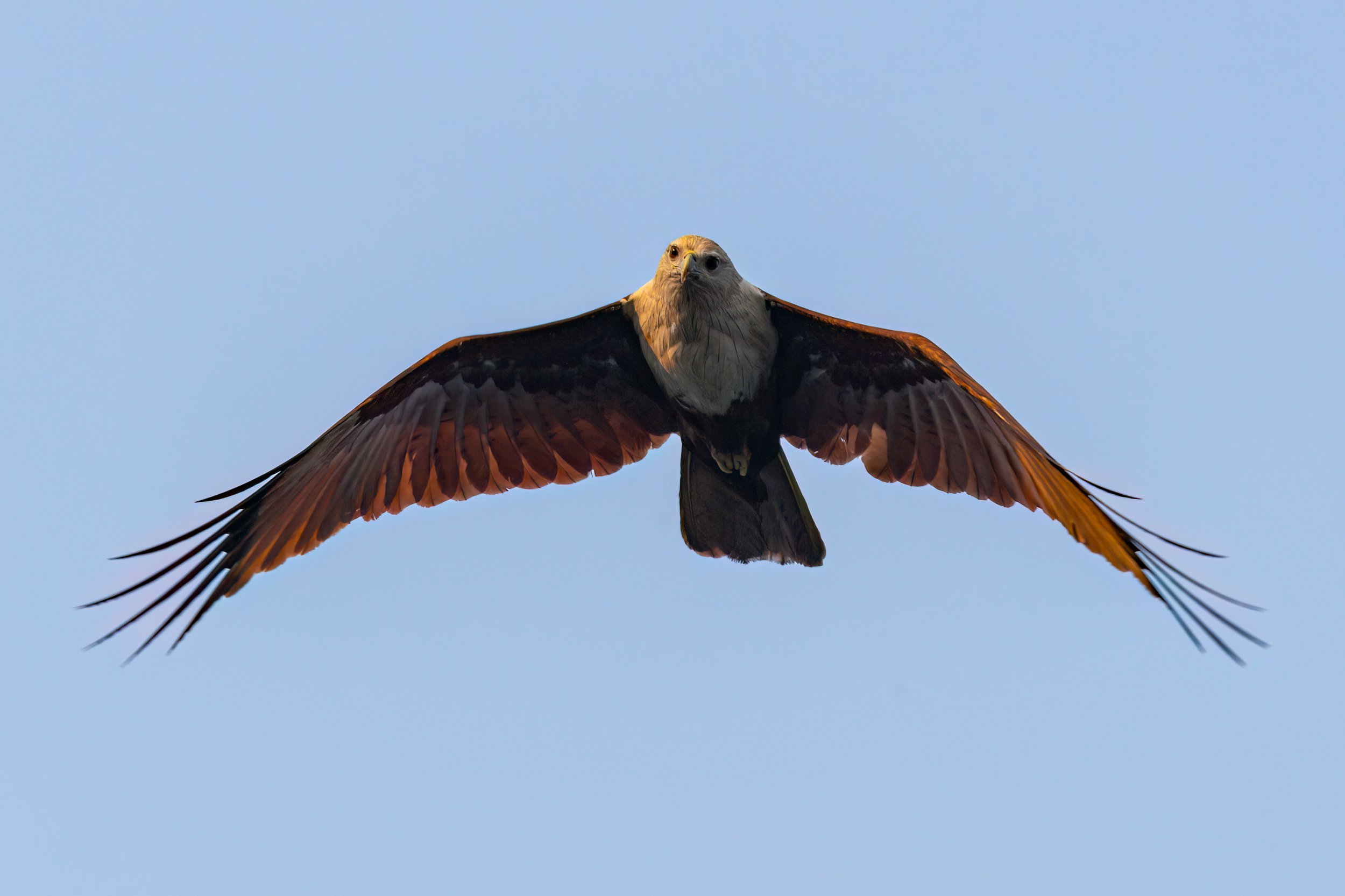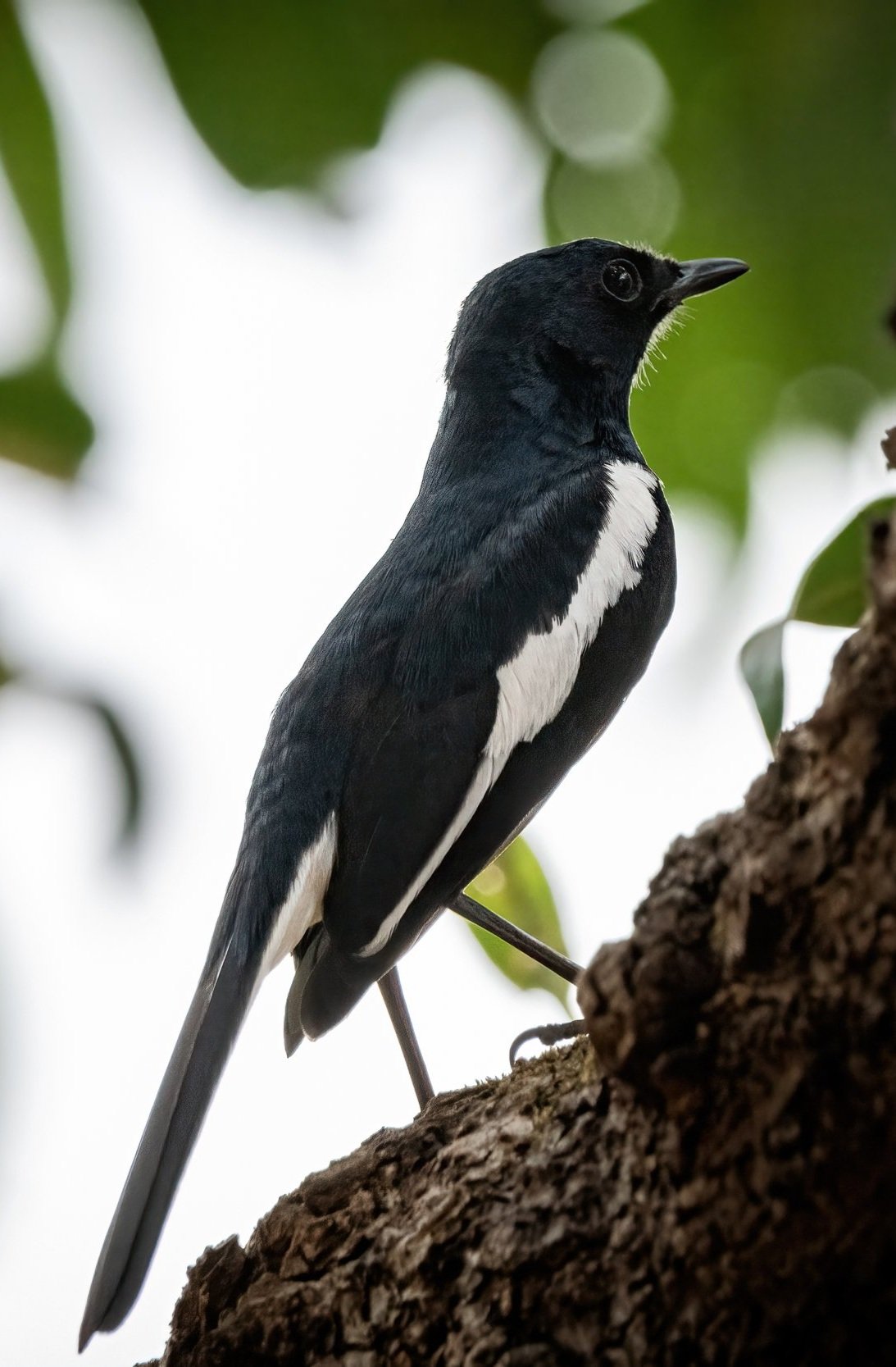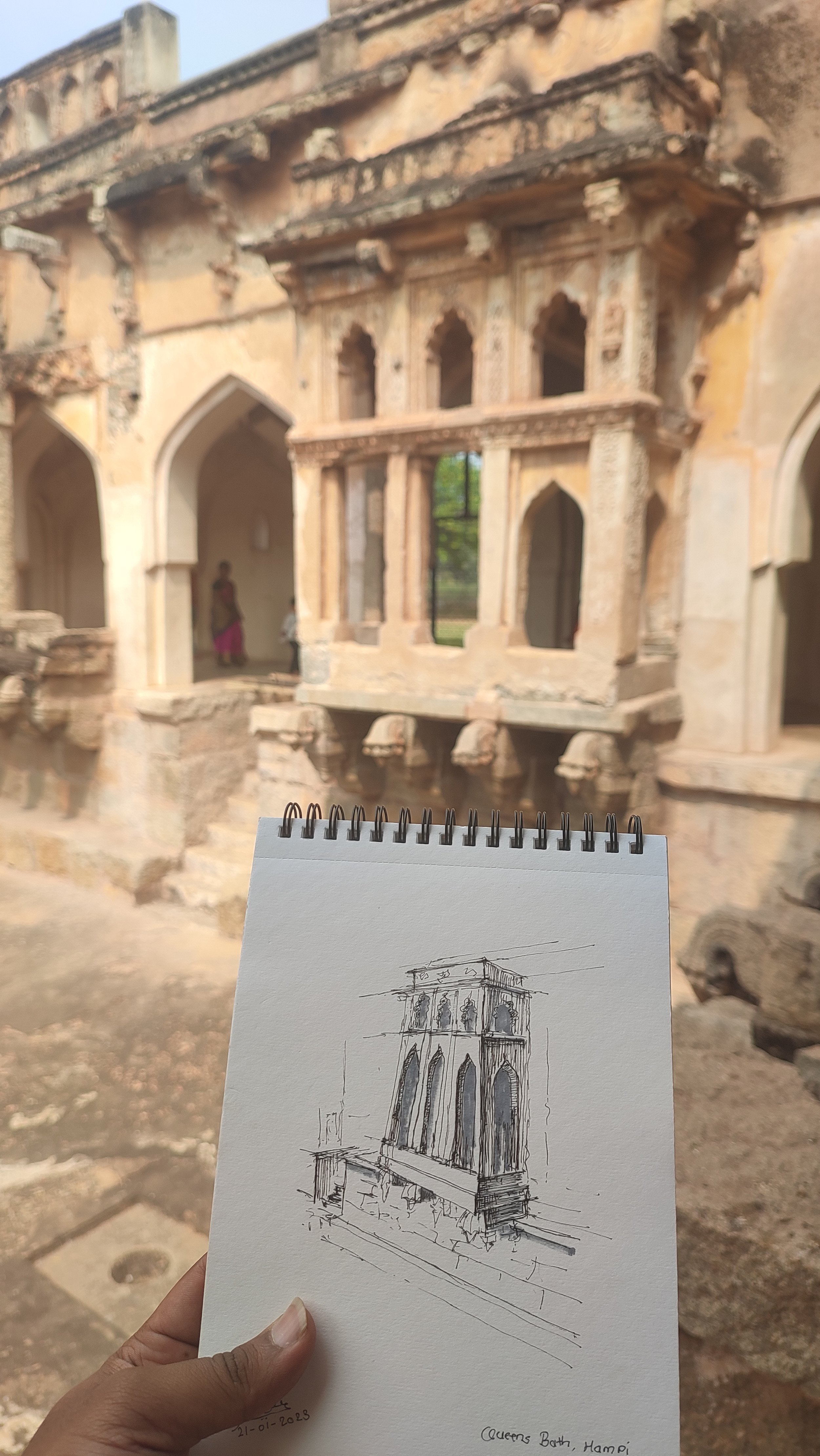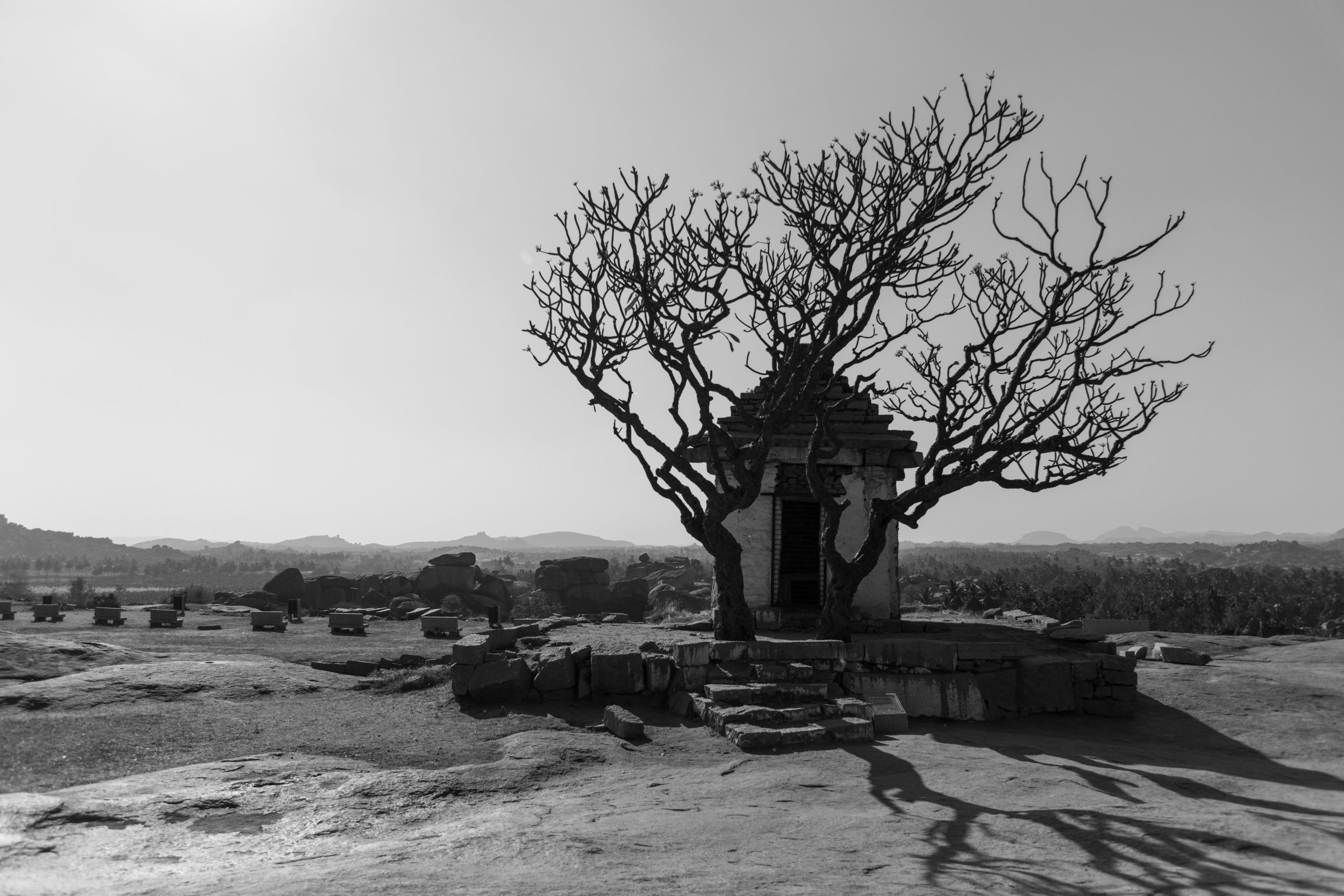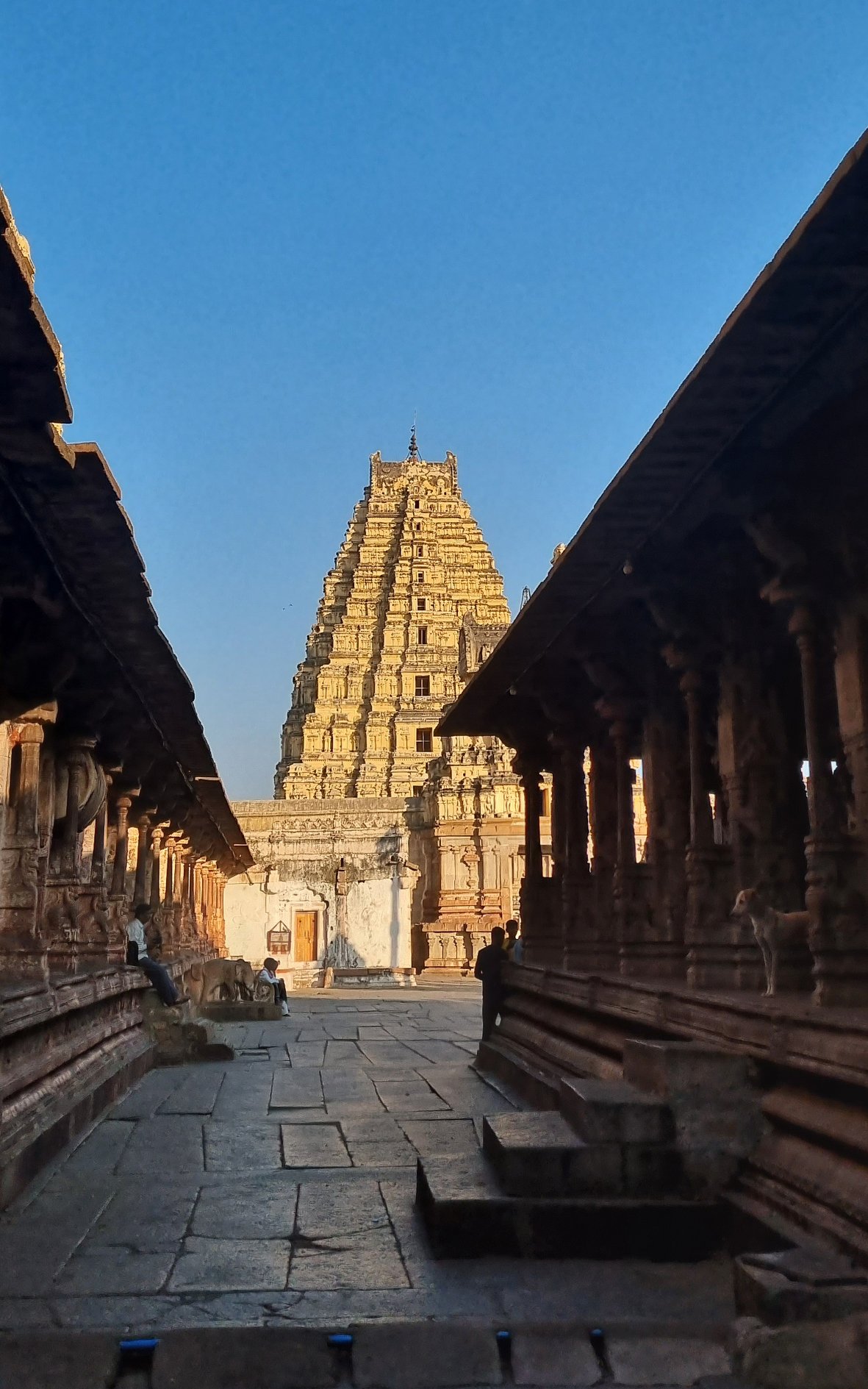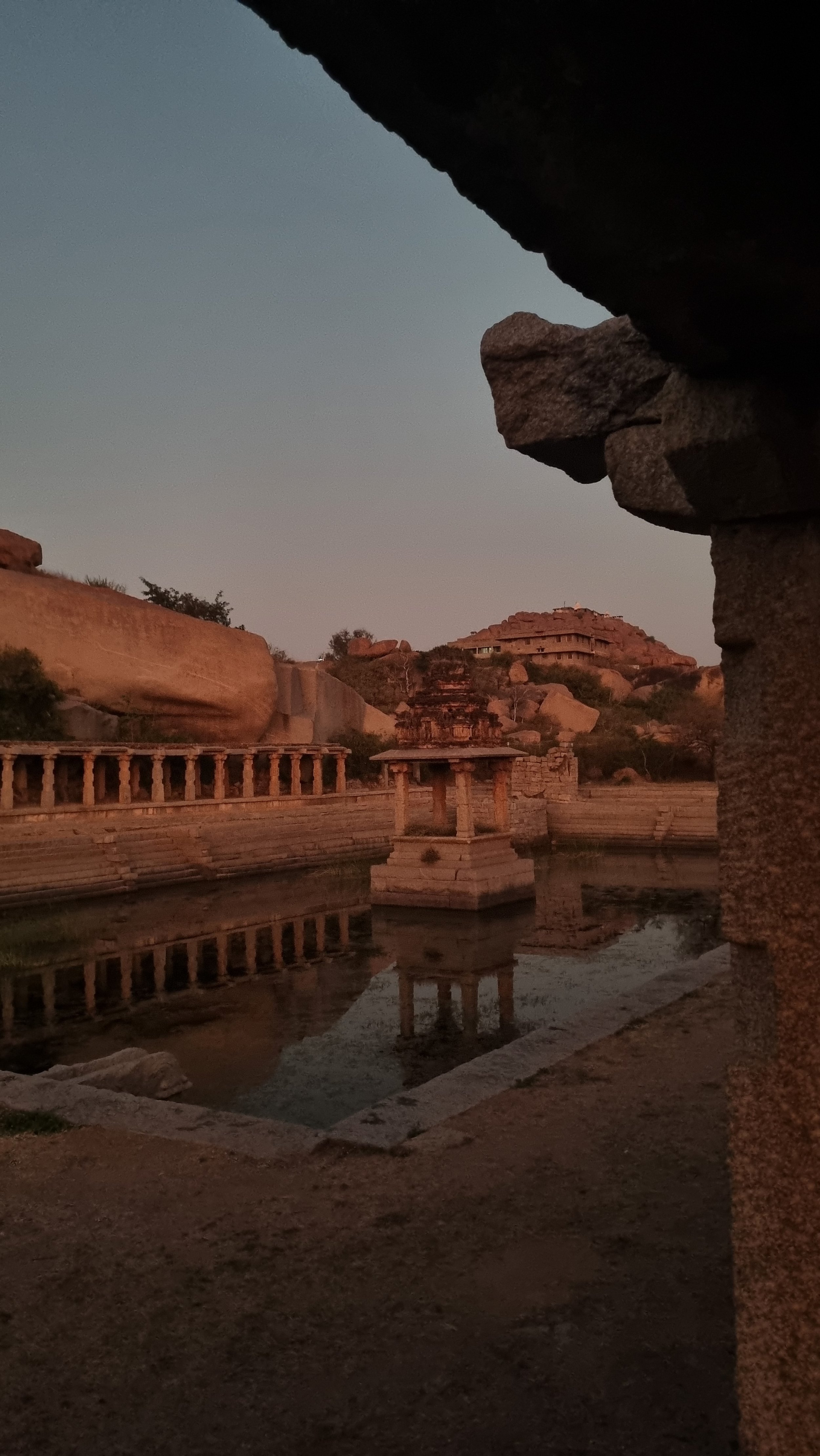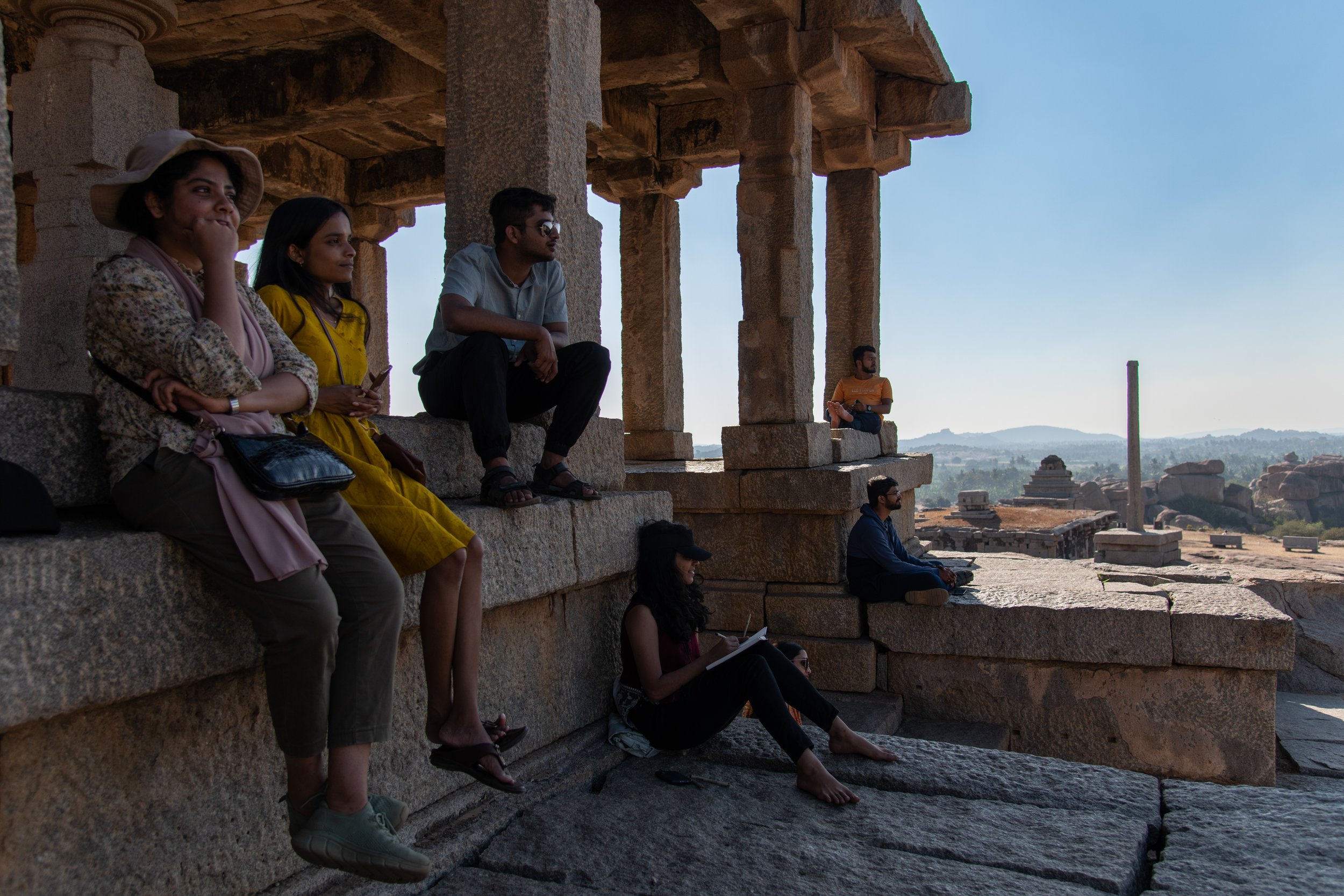In celebration of World Earth Day 2024, we wanted to share our journey of building a small house in Goa using rammed earth construction. We've divided our experience into three parts:
PART 1: the project's inception,
PART 2: the challenges we encountered, and finally,
PART 3: the successful execution of our first rammed earth wall on-site.
Our story begins with the start of the project and a hands-on workshop on Rammed Earth led by Gia Mantra Village. Sanjeev Wahi the COO of Grounded attended this workshop.
Following this, we delved into research and development specific to our site living in Goa, conducting tests, and facing various challenges along the way.
Through our dedication and with assistance from Thumb Impressions, we overcame these obstacles and successfully completed the first wall of the house.
From researching and trying out different mixes to solving real-life challenges with the walls, we've come a long way. Building rammed earth walls depends a lot on the specific site and many factors need to be taken into account. We've successfully built these walls at our site and want to share our experience to help others interested in rammed earth construction find all the information they need in one place. You can find more about our journey on our Instagram. If you have any questions, feel free to send us a direct message.









